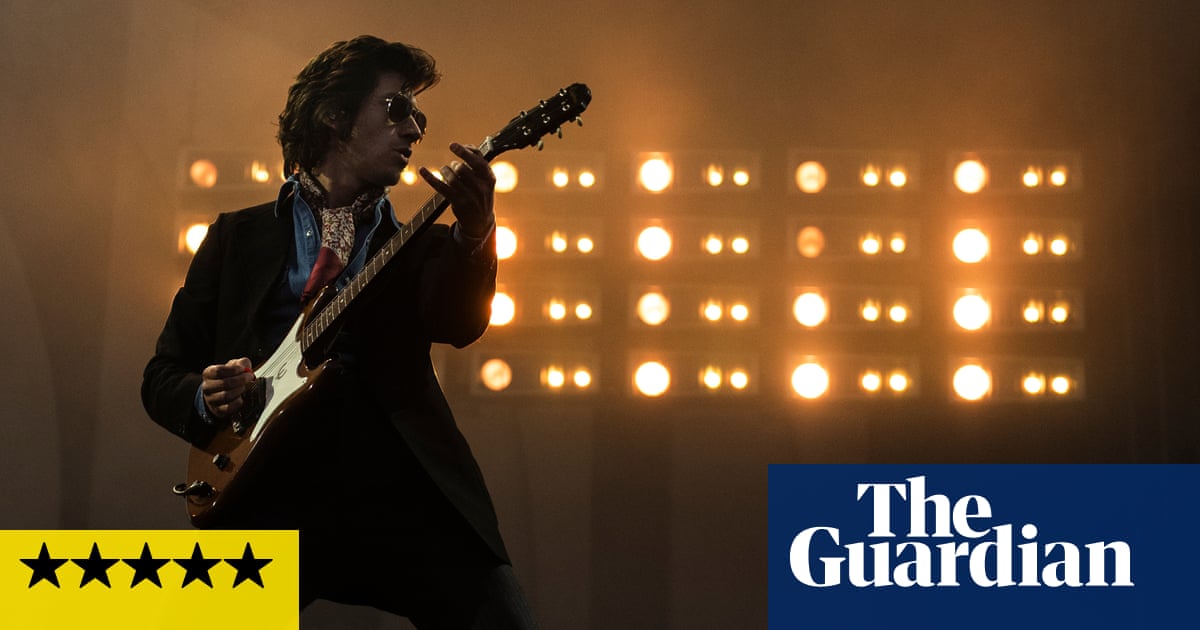
MILAN (Reuters Breakingviews) - “What if real luxury was to have space?” So ran an old marketing campaign by French carmaker Renault. That concept may have resonated with young and low-income earners cramped in small apartments during this year’s wave of pandemic lockdowns. For the next generation of upmarket consumers, luxury could take on a whole new meaning beyond Gucci bags and Cartier watches, too.
In “Future Luxe: What’s Ahead for the Business of Luxury”, Erwan Rambourg - an HSBC analyst who worked previously with Dior and Cartier - predicts a reassuringly big and bright future for such bling moguls like LVMH’s Bernard Arnault and François-Henri Pinault, the Kering boss who wrote the foreword for Rambourg’s book.
Despite the shock of Covid-19, luxury brands face a decade of unabated growth. This will be chiefly driven by a growing army of first-time premium shoppers, mostly female and Chinese, who have yet to experience the joy of shelling out $2,000 for a Fendi bag and bragging about it with friends, explains the author. Global sales of high-end personal goods tanked because of the virus this year. But they will rebound to maybe 330 billion euros by 2025, predicts Bain.
This is all well and good. But the more striking elements of Rambourg’s wide-ranging opus relate to the industry’s looming challenges. The restrictions and lockdowns introduced to fight Covid-19’s spread have enhanced the value of wellness and experience in consumers’ eyes. What good is a pair of $1,500 leather Christian Louboutin boots if there’s no party or disco to attend? The crisis has highlighted that breathing fresh air and living healthily are luxuries in themselves.
Meanwhile, companies from outside the traditional deluxe realm, from sports brand Puma to spirits maker Pernod Ricard, have been working to improve profit margins by elevating their everyday products and services to indulgences, a trend known as ‘premiumisation’.
“The issue that traditional luxury brands will face is that the next generation of consumers will be diverting their spending away from plain vanilla product categories like watches or handbags,” says Rambourg.
Take $103 billion Starbucks. After making money on selling watery coffee to the masses, its boss Kevin Johnson has splashed on swanky ‘Roasteries’ in trendy cities including Milan and Shanghai. These bedazzling hangouts create the illusion that an everyday activity like coffee drinking is a privilege worth investing time and money, explains the author. They also elevate the overall brand value of the Seattle giant.
A similar principle applies to upmarket membership club Soho House, also cited in the book. Its restaurants, rooftop pools and bars may be closed or on reduced activity because of the epidemic. But they had been attracting a growing crowd of young and creative types. Like Birkin bags maker Hermes International, Soho House puts prospective members on waiting lists, creating a sense of rarefied exclusivity. Investors appear to validate the author’s confidence: Nick Jones attracted a $2 billion valuation for the company he founded in a June funding round, the same as before the pandemic.
Rambourg makes a convincing case that the likes of Prada and Moncler are still on a roll because their sales chiefly rely on shoppers who are buying their first, and only, high-end bag or pricey puffy winter jacket. But once luxury becomes a repeat-purchase business, consumers will start to divert their spending towards unique experiences, services or edgy products, he warns.
The list of potential extensions to the luxury concept is extensive. Hospitality, high-end dining and fancy cars are already part of a broader the market worth 1.3 trillion euros. The figure does not include some new and fast-growing premium leisure activities, including online learning or even recreational cannabis. The existing big players aren’t standing still. The undisputed sector leader, $240 billion LVMH, in 2018 bought high-end hotelier Belmond, for $3 billion including debt. That may look ill-timed through the Covid-19 lens. Yet, by tapping into a world of experiences, Arnault’s behemoth is moving in Rambourg’s direction. Once the virus subsides, travellers will be keener to discover the world, and in style: “Luxury will be less about being ostentatious and more about feeling happy,” Rambourg writes.
Not every bling group has the resources or the creativity to branch out of its comfort zone. Mono-brand companies like Italian leather shoe-and-bags expert Salvatore Ferragamo, cashmere-focused Brunello Cucinelli or British trench coat maker Burberry are probably too small to compete beyond their current remits. They may eventually succumb to larger rivals. Few brands beyond Chanel, Rolex and Hermes will remain independent, Rambourg predicts.
That said, branching out cannot go on forever. Only LVMH, through its champagne-to-jewels empire – appears to have successfully dipped into a myriad of segments traditionally associated with exclusivity and good taste.
As the definition of what constitutes luxury and status shifts, keeping up with new trends and values will inevitably be much harder. If Rambourg is correct, luxury will be more about what you do than what you own.












